Stories create meaning and bind us to each other. Even Don Draper knew that the best advertising starts with a story. Stories are also the great equalizers of entrepreneurial endeavors — particularly when connecting with clients.
While it’s true that large companies can sometimes lean on numbers to sell their services, as a small-by-design company, each project you undertake should serve a larger story: one that conveys who you are, what you’ve accomplished, the challenges you’ve conquered and how you can, therefore, uniquely deliver on your clients’ expectations.
Telling that story in an authentic, intentional way — one that speaks to the needs and ambitions of your clients — can help them understand how you alone are right for the job, regardless of the size of your workforce or annual gross revenue.
For this to work, you need each project to count. And for that to work, you need to know your own story first.
Start with the arc.
Many businesses operate like this: establish a basic brand with leaders, employees and a central location, then utilize those elements to provide a service. The company executes, collects the fees, then moves on to the next undertaking with little connection or progression.
This is similar to how TV shows used to work: create some characters, place them in a setting and then write episodes within that realm relatively unconnected to each other. It’s okay if you missed the last Happy Days or The Brady Bunch episode. The gang operates pretty much the same each time. 

Now consider shows like Breaking Bad or Schitt’s Creek. Each episode is clearly built upon what had come before and supports where the show is going next. The characters’ transformations unfold with every season. This happens because the broad strokes of the full story arcs were probably known before the first day of filming. And that is an important part of each show’s success.
Companies of all sizes can use this tactic, but for small-by-design companies, storytelling in this way is essential for sustainable success.
For example, one of my agency’s stories is that we are champions of accessible website design that makes the internet better for everyone. We insist on using this approach on every project we do, even when the client isn’t concerned.
Here’s how you can use storytelling, too, through the work that you do.
Plan a story your clients will tell.
Your clients are your very best storytellers, so craft a narrative arc that will be clear to them. Identify it, outline it and call it to their attention regularly. Don’t just do the work; show them how the work fits into your larger story.
For example, rather than building websites for clients that simply connect to a few of their other systems, tell prospects about the journey their customers will take through their new digital experience platform. Instead of simply updating pattern libraries and language, inspire prospects with a story about the evolution of their brand.
Demonstrate your awareness of the interconnected implications of each task. Know that your project is larger than the sum of its parts — and communicate that sum consistently. That’s the story you want to tell, but it’s also what you want them to tell when you’re done.
The work you’re doing for them will be a powerful way to underscore this narrative.
Cast your story well.
Plot is nothing without characters. So, populate your story with precision. Is it the one where you work with both Fortune 500 companies and smaller, local ones? If so, what’s their commonality? Or perhaps you’re the hero of environmental issues? Startups? Higher academia or independent, educational organizations?
The companies you work with will be the important characters in your business’s story. Carefully consider the thread that connects them to each other. And then choose the projects and relationships that will reinforce it.
Choose storylines that you want others to make real.
The stories you tell will influence not only your company’s path but also the work your people do and how they grow.
Let’s go back to my agency’s story about accessible website design. Because I mapped out that story for us, told it again and again, and live it in the work we do, one of my developers has studied accessible design deeply and has even become an expert in it. He now challenges me to push our projects even further toward universal accessibility. I told the story, but he’s making it even more real.
My team now not only manifests the story but, through their dedication, is helping it expand. By taking it on themselves, their expertise grows and we, consequently, deliver more value to our clients.
Write down the conclusion before you start.
In fact, write it down before you accept the project. Identify your fairytale ending ahead of time: “We were able to achieve X for the client by doing Y in Z time.” Work toward that powerful conclusion every step of the way.
If you aren’t able to summarize this vision at the start, consider why you are doing the project in the first place. If the answer is, “This one pays the bills,” that’s okay. But there should be an inverse relationship between what you charge and how much a project contributes to your company’s story arc. If you have a project that’s primarily about money, identify how that money will help your business’s story.
Keeping the arc in mind (telling it and retelling it — through your messaging and your work) will align all projects to your benefit. It will help you focus on what deliverables to offer and which new projects to take next.
Starting with the story — and staying true to its arc — will not only help you land a happy ending. It may even open the doors for an even higher-budget sequel.












